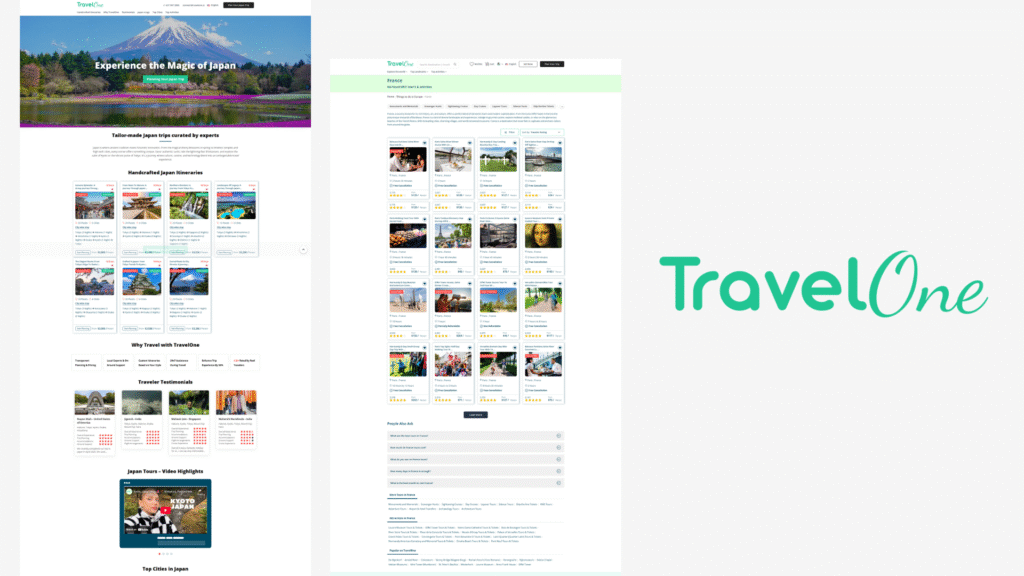How IoT and AI Are Transforming Factory Operations
The rapid evolution of Industry 4.0 technologies has brought unprecedented change to factory floors worldwide. Among these innovations, Internet of Things (IoT) and Artificial Intelligence (AI) stand out as powerful forces reshaping how factories operate. Together, they enable smarter, faster, and more efficient production processes that reduce downtime, optimize resources, and improve product quality. In this article, we delve into how IoT and AI are transforming factory operations and what this means for the future of manufacturing.
Understanding the Intersection of IoT and AI in Factories
IoT refers to the network of interconnected devices embedded with sensors, software, and connectivity that collect and exchange data. AI, on the other hand, is the simulation of human intelligence in machines capable of learning, reasoning, and making decisions. When combined in a factory setting, these technologies create an ecosystem where machines can communicate, analyze data, and autonomously optimize processes.
This synergy allows factories to evolve from traditional manual workflows to smart, data-driven environments. IoT devices provide continuous real-time data streams, while AI algorithms interpret this data to provide actionable insights or initiate automated responses.
Key Components of IoT and AI in Smart Factories
- Sensors and Actuators: Collect critical operational data such as temperature, vibration, pressure, and machine status.
- Edge Computing: Processes data locally on-site to reduce latency and enable faster decision-making.
- Cloud Platforms: Aggregate and store large volumes of data for deep analysis and historical trend identification.
- Machine Learning Models: Detect anomalies, predict maintenance needs, and optimize production schedules in real time.
- Human-Machine Interfaces (HMI): Provide intuitive dashboards for operators and plant managers to visualize insights and interact with systems.
How IoT and AI Improve Factory Efficiency
Efficiency is the hallmark benefit of integrating IoT and AI in factory operations. By continuously monitoring equipment health and production workflows, manufacturers can reduce waste, avoid costly failures, and increase throughput.
Predictive Maintenance: Reducing Downtime Proactively
Unexpected machine failures cause unplanned downtime, which is a significant cost driver. IoT sensors capture vibrations, temperature fluctuations, and other indicators of equipment health. When AI analyzes this sensor data, it can predict when a machine needs maintenance before breakdown occurs.
For instance, AI models can detect subtle signs of bearing wear or motor overheating that traditional manual checks might miss. This capability helps maintenance teams schedule repairs at optimal times, avoiding unnecessary downtime or expensive emergency fixes.
Real-Time Process Optimization
With IoT-enabled data streams, AI systems can analyze production line metrics in real time, identifying bottlenecks or inefficiencies. For example, AI can adjust robotic arm speeds, conveyor belts, or temperature controls instantly to maximize output quality and reduce energy consumption.
This dynamic optimization supports various factory processes, including assembly, packaging, and quality inspection. Over time, AI-powered systems learn from patterns, continuously improving efficiency and minimizing manual intervention.
Enhanced Quality Control
AI-driven computer vision systems, fed by IoT-connected cameras, enable automated defect detection at scale. High-resolution images and sensor data allow the AI to spot deviations that human inspectors might miss — such as tiny cracks, color mismatches, or assembly errors.
This level of accuracy drastically improves product quality, reduces recalls, and maintains brand reputation. Additionally, data from these inspections feeds back into the production line to prevent recurring defects.
Driving Safety and Compliance with IoT and AI
Factory safety is critical, and IoT combined with AI plays a pivotal role in preventing accidents and ensuring regulatory compliance. IoT sensors monitor environmental conditions like gas leaks, temperature spikes, or hazardous material exposure.
AI analyzes these inputs to detect unsafe scenarios early and trigger alerts or emergency shutdowns. Wearables connected through IoT also help monitor workers’ health metrics, preventing fatigue-related incidents and improving overall workforce well-being.
AI-driven compliance systems can automatically track safety protocols and generate audit reports, simplifying the complex process of adhering to industry standards.
Example: AI-Based Safety Alert System Flow
- IoT sensors detect a sudden temperature increase near machinery.
- Sensor data is sent to an AI monitoring platform in real time.
- AI compares readings against safety thresholds and identifies a potential hazard.
- An alert is sent through HMI panels and mobile devices to operators.
- Automated emergency protocols engage, such as shutting down equipment or activating sprinklers.
Challenges and Considerations in Implementing IoT and AI
While the benefits are compelling, factories must navigate certain challenges when integrating IoT and AI technologies.
- Data Security: Large-scale data collection increases vulnerability to cyberattacks. Strong encryption and network segmentation are essential.
- Data Quality: AI accuracy depends on clean, reliable data from sensors — faulty hardware or poor calibration can degrade performance.
- Integration Complexity: Legacy equipment must often be retrofitted, which requires careful planning and potential downtime.
- Skilled Workforce: Operators and engineers need ongoing training to use and maintain advanced IoT and AI systems effectively.
Overcoming these challenges requires a strategic roadmap and collaboration between IT, operations, and leadership teams.
The Future of Factory Operations with IoT and AI
The ongoing convergence of IoT and AI promises even greater advancements in factory automation. Emerging technologies such as 5G connectivity, digital twins, and augmented reality (AR) will deepen the integration of smart machines and human workers.
Factories of the future will harness continuous self-optimization, autonomous decision-making, and adaptive production lines that intuitively respond to changing market demands. Sustainability will also become a major focus, with AI optimizing energy use and minimizing waste across the supply chain.
Organizations that embrace these technologies today will lead the transformation of manufacturing, unlocking unprecedented agility and competitiveness.
Conclusion
Understanding how IoT and AI are transforming factory operations is essential for anyone involved in modern manufacturing. Together, these technologies deliver real-time insights, enhance operational efficiency, improve quality, and strengthen safety. Although challenges exist, the strategic adoption of IoT and AI offers a clear path to Industry 4.0 excellence.
Factories leveraging IoT sensors and AI-driven analytics are no longer just producing goods—they’re creating intelligent, adaptive, and resilient ecosystems ready for the demands of the future.
As the factory floor continues its digital evolution, businesses that invest in these smart technologies will not only optimize current operations but also pioneer the future of manufacturing.



